When brainstorming the perfect garden, one immediately thinks of color, fragrance, and pollinators. However, those who have experienced the challenges posed by gophers know that it’s not just aesthetics but also viability that plays a crucial role in choosing plants.
Gophers, small subterranean rodents known for their burrowing habits and an appetite for roots, can wreak havoc on flower beds and gardens. The good news? Certain flowers have proven to be gopher resistant, enabling gardeners to enjoy their blooms without fear of destruction.
This guide explores a selection of such resilient plants, discussing their attributes, growing conditions, and why they can be effective combatants against gopher invasions.
Alliums (Especially Ornamental Alliums)
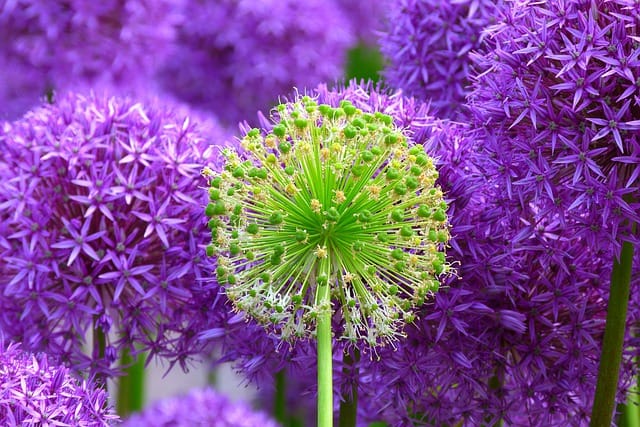
Alliums, particularly ornamental varieties, are not just beautiful; they are also a strategic choice for gopher-resistant gardening. These flowering bulbs belong to the onion family and emit a garlicky scent that deters many pests, including gophers. One of the most well-known species is the Allium giganteum, which features striking globe-like clusters of purple flowers that can soar above other garden plants.
Gophers tend to avoid plants with scent profiles that are pungent. As a bonus, alliums thrive in well-drained soil and full sun, making them versatile in various garden settings. The blooming season usually occurs in late spring to early summer, providing a magnificent display. When choosing alliums, consider a mix of heights and colors to create an engaging floral display.
Incorporating alliums into your garden not only enhances visual appeal but also serves the dual purpose of deterring gophers due to their strong aroma. Furthermore, once established, these bulbs require little maintenance, making them a gardener’s ally in creating a stunning, gopher-resistant landscape.
Amaryllis Belladonna

Known for its striking, large pink flowers and drought resistance, Amaryllis belladonna, commonly known as the Belladonna lily, is both beautiful and tough. Native to South Africa, this perennial thrives in regions with dry summers and wet winters, making it an excellent choice for low-maintenance gardens.
Belladonna lilies are particularly gopher-resistant due to their bulb structure and toxicity, which deters many common pests. The bulbs contain alkaloids that make them unpalatable to many animals, including gophers. This means these spectacular flowers can flourish without the constant threat of being uprooted.
Blooming in late summer, Amaryllis belladonna produces clusters of fragrant, trumpet-like flowers that can add a vibrant pop to any garden. They prefer well-draining soil and should be planted in sunny spots to achieve optimal growth. Their resilience to drought and pests makes them a remarkable addition to any gopher-resistant perennial garden.
Anemones
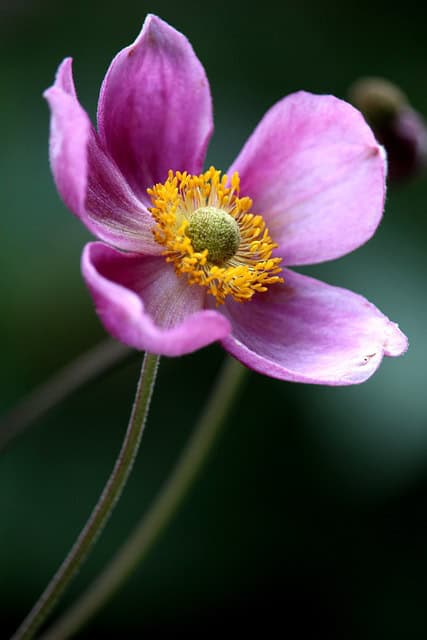
Anemones, particularly the native Anemone tuberosa, commonly known as the windflower, are adored for their delicate, often brightly colored blooms. This genus of flowering plants can add a unique flair to any garden, with varieties offering blooms in shades of white, pink, red, and blue. Anemones are known for their ability to thrive in various soil types, which further cements their adaptability.
Gophers tend to avoid digging near plants that grow in dense clumps, which is a characteristic of many anemone species. Adding anemones to your landscape can create an established area that gophers will be less likely to penetrate as they prefer to dig in sparse vegetation.
In addition to being gopher resistant, anemones are also relatively low-maintenance. Their ideal growing conditions include partial shade and moist, well-draining soil, making them suitable for areas that might not receive direct sunlight. They bloom in spring and fall, providing continuous color throughout the growing season, thus adding value to any garden aiming for gopher resilience.
Bottlebrush
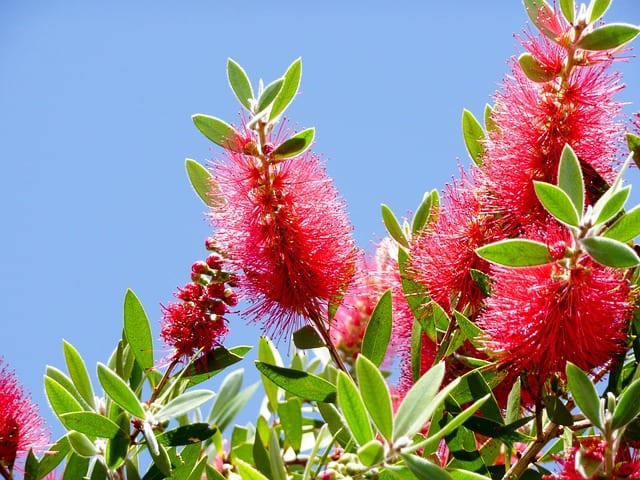
The bottlebrush, or Callistemon, is a striking evergreen shrub known for its vibrant, brush-like flowers that attract birds and beneficial insects to the garden. While known primarily for its ornamental and ecological benefits, the bottlebrush also boasts notable resistance to gophers.
One of the reasons gophers tend to avoid bottlebrush plants is their tough and fibrous root system, which makes them less appealing to dig around. Additionally, the dense foliage provides a natural barrier, making it harder for gophers to burrow in their vicinity.
Bottlebrush prefers sunny spots and can tolerate drought once established. They are relatively low-maintenance and can flourish in various soil types, making them an ideal option for gardens aiming for resilience. With beautiful blossoms that can range from red to yellow, this plant not only withstands gopher pressure but also adds vibrancy to landscapes.
Catmint
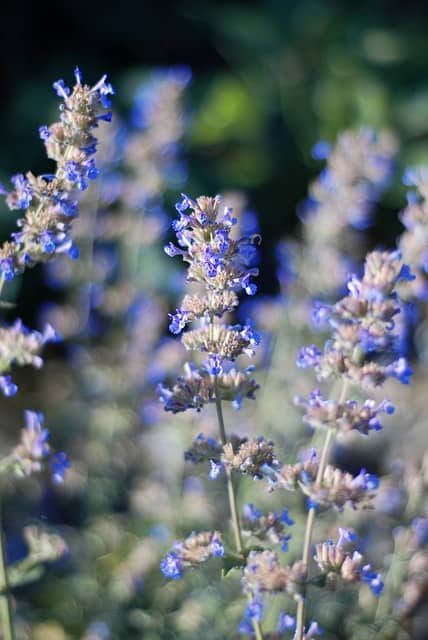
Catmint (Nepeta) is a beloved perennial renowned for its aromatic foliage and azure-blue flowers. This herbaceous plant creates lush mounds that attract pollinators while being resistant to gophers due to its strongly scented leaves.
While cats are known to enjoy the plant, gophers typically steer clear of its distinct fragrance. Catmint is also hardy and drought-tolerant once established, thriving in sunny locations with well-draining soil, ideal for gardeners in various climates.
The flowers bloom from late spring through early fall, offering long-lasting color and a habitat for butterflies and bees. Its ability to repel gophers coupled with its beneficial attributes for wildlife makes catmint an excellent choice in any garden aiming for biodiversity and resilience against common pests.
Ceanothus (California Lilac)
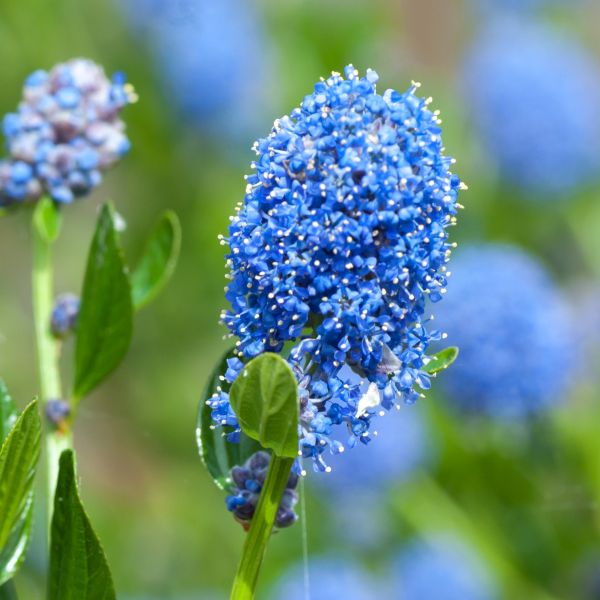
Ceanothus, commonly known as California lilac, offers a stunning floral display paired with impressive drought resistance. This shrub produces bright blue flowers that bloom in the spring, providing a vibrant accent to any garden. Its deep roots help anchor it firmly in the ground, a feature that makes it less susceptible to gopher invasions.
The gopher-resistant qualities of ceanothus also stem from its dense growth habit and stiff stems, which can be unappealing for gophers. Additionally, this plant’s ability to thrive in poorer soil conditions also means it can be a low-maintenance landscaping option.
Ceanothus typically requires full sun and well-drained soil but can adapt to various soil types, making it a versatile choice for gardens. With its rich blue blooms and ecological benefits, this shrub is a fantastic gopher-resistant addition, providing beauty and sustainability to your landscape.
Columbine
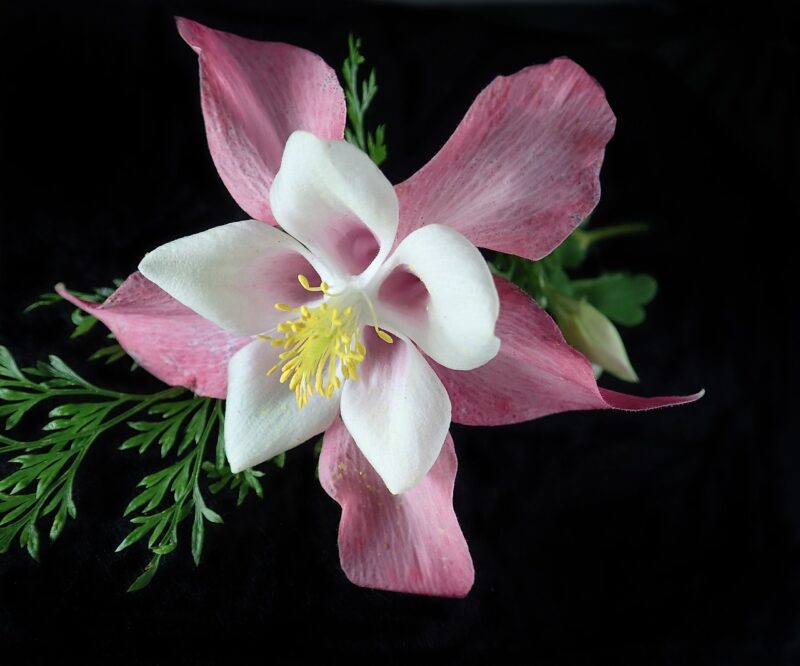
Columbine (Aquilegia) stands out with its unique, whimsical flowers that can brighten any garden. This perennial plant features delicate blooms that can come in various colors, ranging from blue and purple to red and yellow. They attract yet another dimension of wildlife, including hummingbirds and butterflies, contributing to a vibrant ecosystem.
Columbine’s gopher-resistant qualities can be attributed to its root structure and the fact that they tend to thrive in areas where gophers prefer not to dig. Their relatively shallow root system, combined with their herbaceous nature, means that columbines can recover quickly if any gopher incursions occur, and they have lower appeal for gophers compared to other plants.
These flowers flourish in partial shade and rich, well-drained soil, allowing them to adapt to many garden conditions. Their stunning appearance combined with their wildlife-friendly nature makes columbine a delightful choice for a gopher-resistant garden.
Daffodils
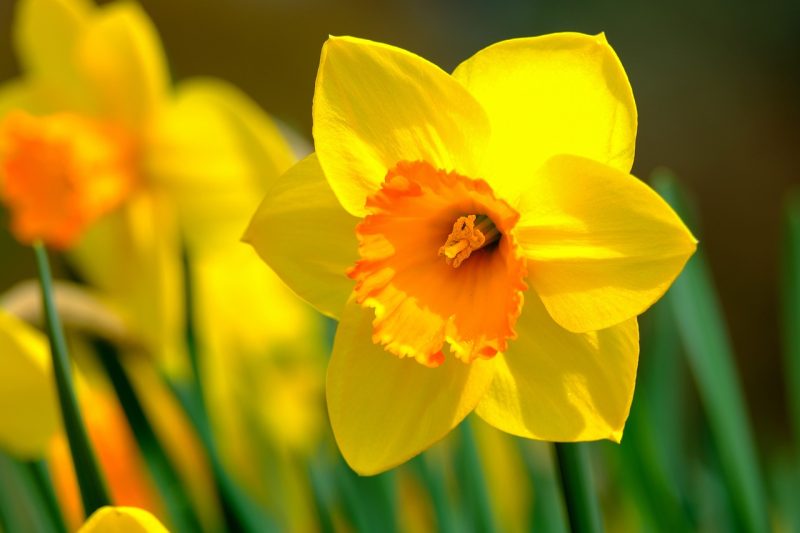
Daffodils (Narcissus) are a gardener’s favorite, beloved for their bright and cheerful blooms in early spring. These perennial bulbs also have the added advantage of being gopher-resistant. The bulbs are toxic, which deters gophers and other rodents from eating them.
Daffodils thrive in full sun to partial shade and prefer well-draining soil. They are relatively easy to care for, often blooming even in less-than-ideal conditions. Additionally, these resilient flowers can naturalize over time, increasing their presence without much maintenance.
The range of colors and shapes—ranging from classic trumpet forms to delicate doubles—adds variety to the landscape. Planting daffodils en masse creates a stunning visual impact while keeping gophers at bay, making them a delightful and practical choice for spring gardens.
Daylilies
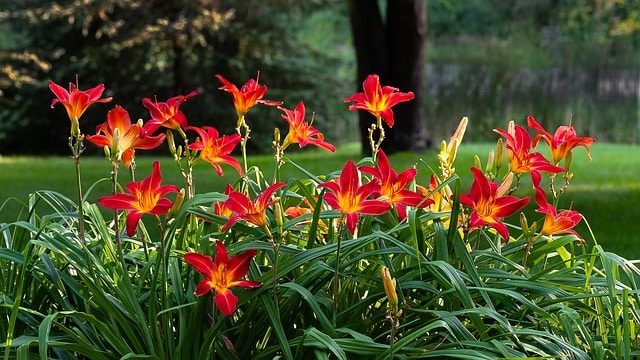
Daylilies (Hemerocallis) are heralded for their versatility and resilience, both in terms of growth and their ability to withstand pests. These perennials come in a multitude of colors and can bloom throughout the summer, depending on the variety. They are adaptable to various soil types and prefer full sun to partial shade, making them an excellent addition to most gardens.
Their gopher resistancy is linked to their hardy roots and dense foliage, which creates a habitat that is not conducive to gopher activity. When planted in clusters, daylilies can deter gophers by filling the surrounding soil with robust roots, making it more challenging for them to establish their networks.
Daylilies are low-maintenance and have a long flowering period, which provides continuous interest in the garden. Clean-up after their flowering is also minimal, with only dead foliage needing attention. This remarkable combination of factors makes daylilies a reliable choice for gopher-resistant gardening.
Foxglove
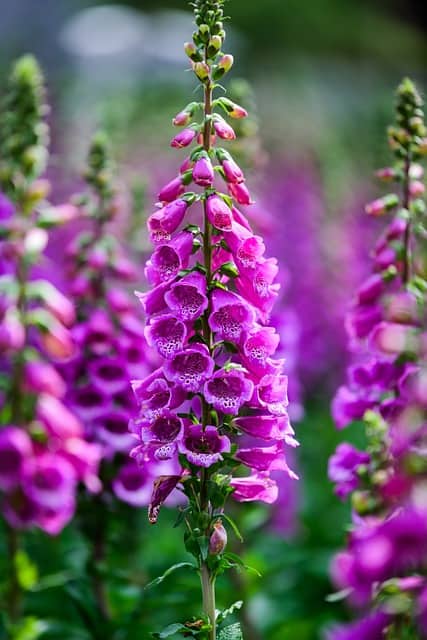
Foxglove (Digitalis) is well-known for its impressive spikes of tubular flowers, available in an array of colors from lavender to white, which appeal to pollinators like hummingbirds and bees. Not only does this plant add architectural height to garden beds, but it is also resistant to gophers.
The toxicity of foxglove is pivotal in deterring gophers; the plant contains compounds that render it unpalatable. This toxicity extends to other animals, making it essential to consider placement in areas where pets and small children may play. They flourish in partial shade and prefer rich, well-drained soil.
With their remarkable vertical growth and beautiful blossoms, foxglove is an effective solution for gardeners looking to create a visually dramatic yet gopher-resistant flower garden.
Hellebores
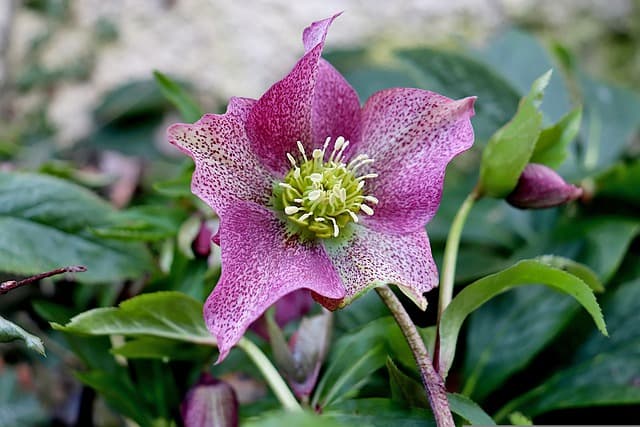
Hellebores, often referred to as Lenten roses, are revered for their early spring blooms. These perennial flowers are unique for their ability to thrive in shaded conditions and are notable for their ability to withstand cold temperatures, making them a fantastic early-season choice.
The gopher resistance of hellebores can be attributed to their toxic foliage, which typically discourages digging and snacking from various pests, including gophers. Their deep-rooted structure also provides a means of drought tolerance once established.
Hellebores typically bloom from late winter to early spring, providing an eye-catching array of subtle colors that brighten up otherwise dreary months. With their beautiful blooms and hardiness, hellebores make an excellent choice for those seeking both beauty and gopher resistance.
Lantana
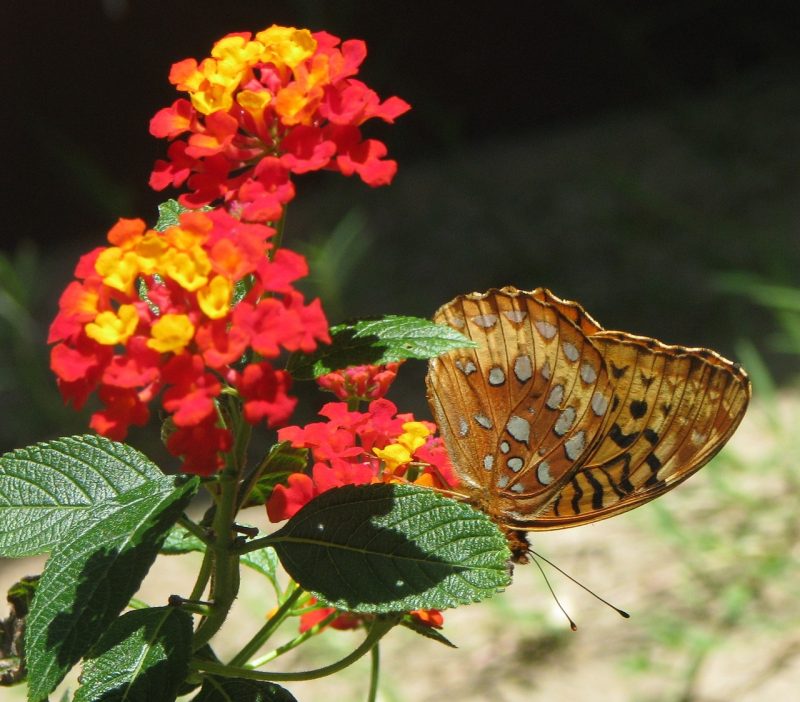
Lantana is a vibrant, versatile flowering shrub favored for its colorful clusters of flowers that attract pollinators. This sun-loving plant is drought-tolerant and thrives in various soil conditions, making it a preferred choice for ornamental gardens worldwide.
Gophers tend to avoid lantana because of its dense, fibrous root system and the pungent aroma of its leaves. With a robust growth habit, lantana creates a natural barrier and is less prone to issues with gopher burrowing, allowing for undisturbed growth.
Blooming profusely from spring until frost, its bright and varied flower clusters provide seasonal color and fragrance to the landscape. With its ability to resist pests while delivering aesthetic beauty, lantana is ideal for gardeners striving for a dynamic and low-maintenance landscape.
Lavender
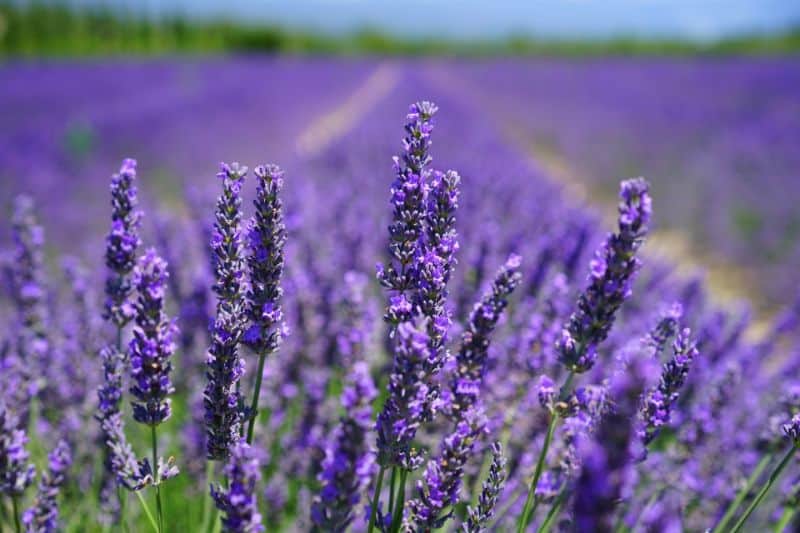
Lavender (Lavandula) not only brings a delightful fragrance to gardens but is also a beloved staple for gopher-resilient landscaping. Known for its purple flowers and aromatic leaves, lavender thrives in sunny environments with well-draining soil.
Gophers tend to shy away from plants with strong scents, making lavender an excellent choice for deterring these pests. Its drought resistance further enhances its adaptability, allowing it to thrive even with minimal intervention once established.
In addition to being gopher resistant, lavender flowers provide a long-lasting bloom that attracts pollinators, increasing the garden’s ecological vitality. Planting lavender creates a stunning visual and aromatic experience while simultaneously fortifying the landscape against common gopher threats.
Marigolds
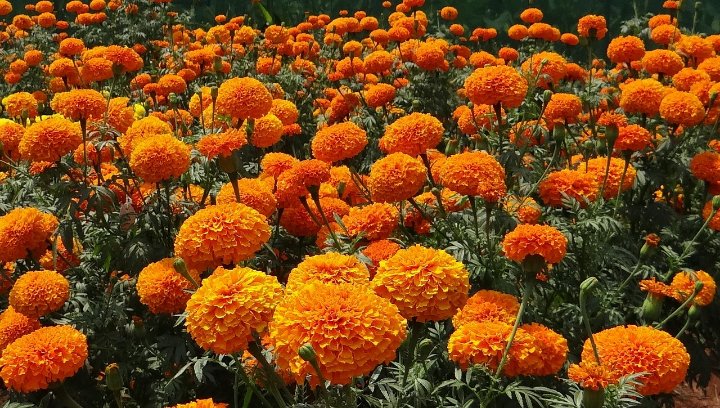
Marigolds (Tagetes) are an iconic flower often found in gardens, and for good reason. They are colorful, easy to grow, and known for their ability to naturally repel various garden pests, including gophers. The strong scent emitted by marigolds can effectively mask the presence of nearby plants, creating an environment that is less attractive to rodents.
These annuals bloom profusely from spring through frost, providing an ongoing display of vibrant colors. They thrive in sunny locations and adapt well to various soil types. By improving soil health through their root systems, marigolds contribute positively to the surrounding plants.
Including marigolds in your garden not only enhances its visual appeal but also serves as a natural deterrent for gophers and other pests. Their resilience and valuable characteristics make them a must-have for any flower bed.
Monkeyflower (Mimulus)
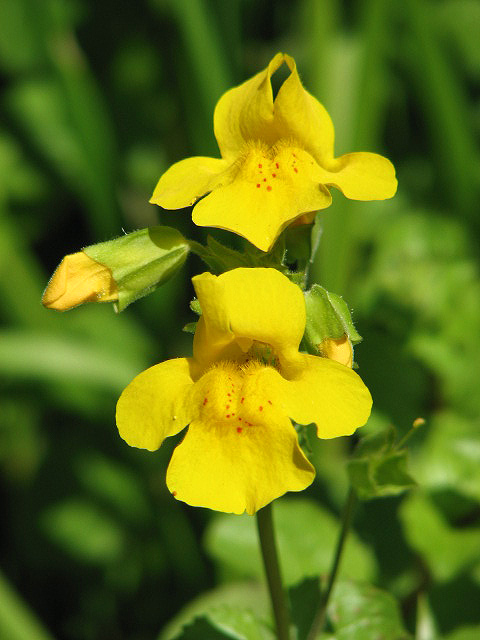
Monkeyflowers, or Mimulus, are charming native plants known for their unique, tubular flowers that bring a splash of color to gardens. They thrive in wet areas and are often included in naturalistic landscaping or rain gardens, making them an interesting addition to gopher-resistant strategies.
One of the attractive features of monkeyflowers is their adaptability to varied moisture levels, which allows them to thrive in a range of garden environments. Their leaves and stems are typically less appealing to gophers, providing an additional layer of resistance against burrowing.
For gardeners looking to support local ecosystems while deterring pests, monkeyflower is a great option. With their bright blooms and wildlife attraction, they add not only beauty but also ecological health to any garden space.
Penstemon
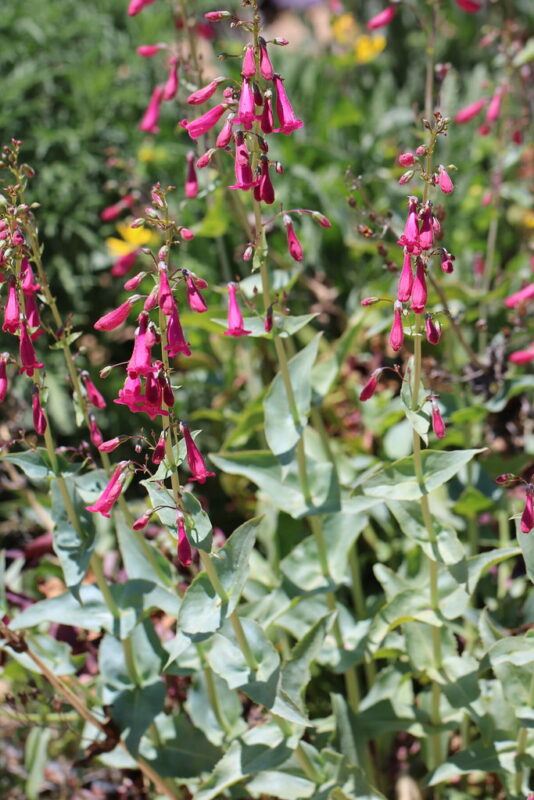
Penstemon, or beardtongue, is a diverse genus that offers a colorful range of tubular flowers that attract bees and hummingbirds alike. These perennials are resilient and prefer full sun with well-drained soil, making them suitable for various garden conditions.
Gophers tend to avoid plants with tough and fibrous root systems, which is characteristic of many penstemon species. Their ability to thrive in drought conditions also makes them a suitable addition to arid gardens, ensuring both beauty and resilience.
With an abundant flowering period typically in late spring and early summer, penstemon can fill flower borders with rich colors while keeping gophers at bay. Inclusion of these perennials not only enhances garden aesthetics but also supports pollinator populations, making them a smart choice for sustainability.
Rock Rose (Cistus)
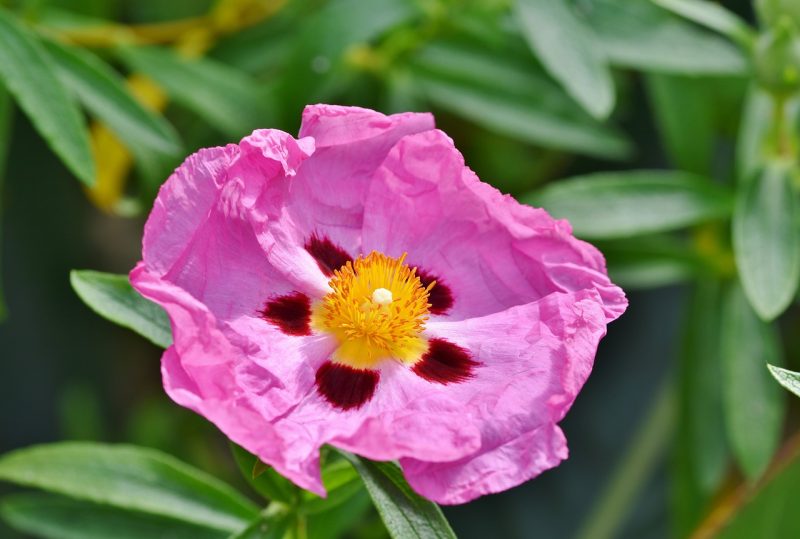
Cistus, commonly known as rock rose, is a Mediterranean shrub noted for its beautiful flowers and drought resistance. With its charming pink and white blooms, this resilient plant thrives in poor, dry soils, making it a suitable candidate for xeriscaping and other water-efficient gardening techniques.
Gophers typically avoid rock roses due to their woody stems and strong root system. These features create a protective barrier against gopher activity, making them an effective option for gopher-resistant gardens.
Rock roses bloom from late spring to summer, providing a stunning visual impact while supporting local ecosystems by attracting beneficial insects. Their tough, drought-tolerant nature paired with their gopher resistance makes them a favorite among Californian gardeners and those in similar climates.
Salvias
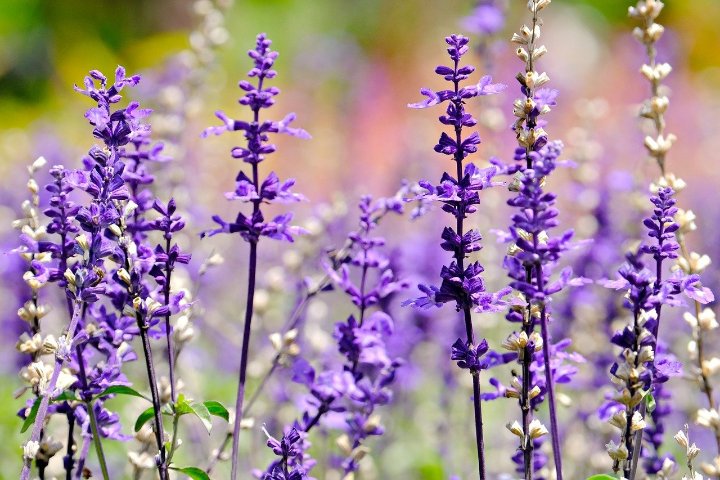
Salvias are a dynamic group of flowering plants known for their aromatic leaves and diverse blooms. Ranging from the popular garden sage (Salvia officinalis) to ornamental varieties like Salvia nemorosa, these plants are favored by garden enthusiasts for their beauty and resilience.
The strong scents emitted by salvia variants can deter gophers and other pests, making them an ideal candidate for gopher-resistant gardens. They thrive in sunny spots with well-draining soil, lending themselves to low-maintenance upkeep.
Salvias are not just aesthetically pleasing; they also attract pollinators, including bees and hummingbirds, adding to the ecological value of your garden. Their long blooming season and ability to withstand fluctuating weather combine to create a plant that is both practical and stunning.
Seaside Daisy (Erigeron)
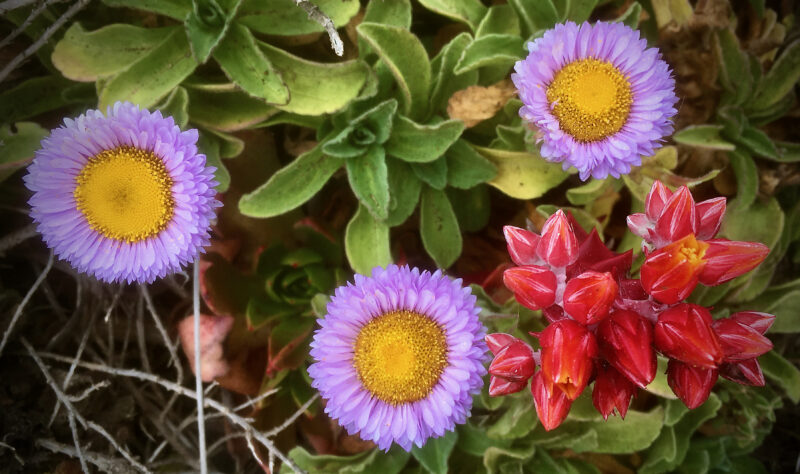
Seaside daisy (Erigeron glaucus) is a resilient perennial noted for its stunning pink and white flowers that bloom throughout the spring and summer. This low-growing perennial is a preferable choice for coastal gardens and can also thrive in less-than-ideal conditions, making it an adaptable option.
Gophers tend to avoid seaside daisies, likely due to their fibrous roots and overall resilience. They can form expansive mats, creating dense ground cover that deters gopher activity by making it less appealing for them to dig through.
With its cheerful appearance and ability to flourish in sandy or rocky soils, seaside daisy brings charm and practicality to gardens aiming to repel gophers. Its low-maintenance nature, combined with its anti-gopher properties, makes it a preferred choice for many gardeners.
Yarrow (Achillea)
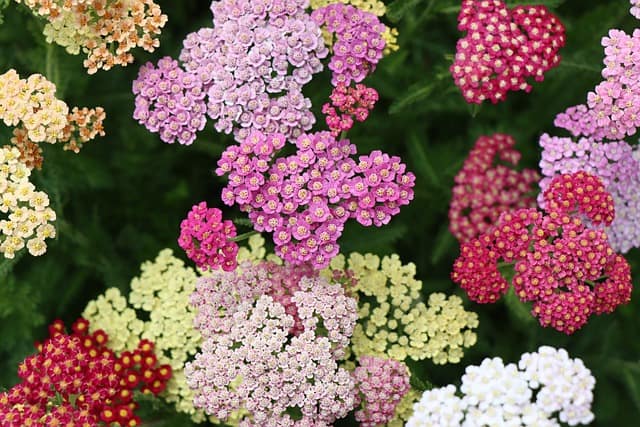
Yarrow (Achillea millefolium) is a hardy perennial known for its feathery foliage and vibrant flower clusters. It thrives in poor soil and can tolerate drought, making it an ideal candidate for environmentally conscious gardeners seeking sustainable options.
The pungent aroma of yarrow and its robust growth habit discourage gophers from browsing nearby. Furthermore, its extensive root system helps bind soil and promote healthy ecosystems, enhancing both plant growth and landscape stability.
Yarrow’s blooms, which come in various colors, provide essential habitat for butterflies, bees, and other beneficial insects, adding to the garden’s appeal. As a low-maintenance plant that continues to flourish year after year, yarrow stands out among gopher-resistant options.





